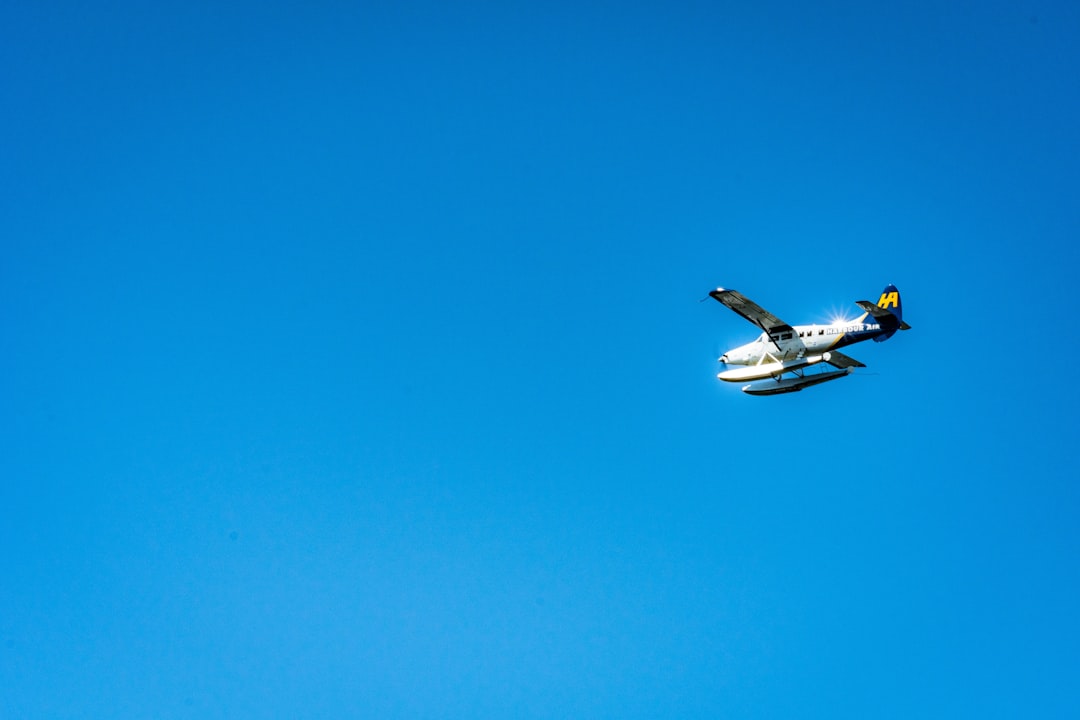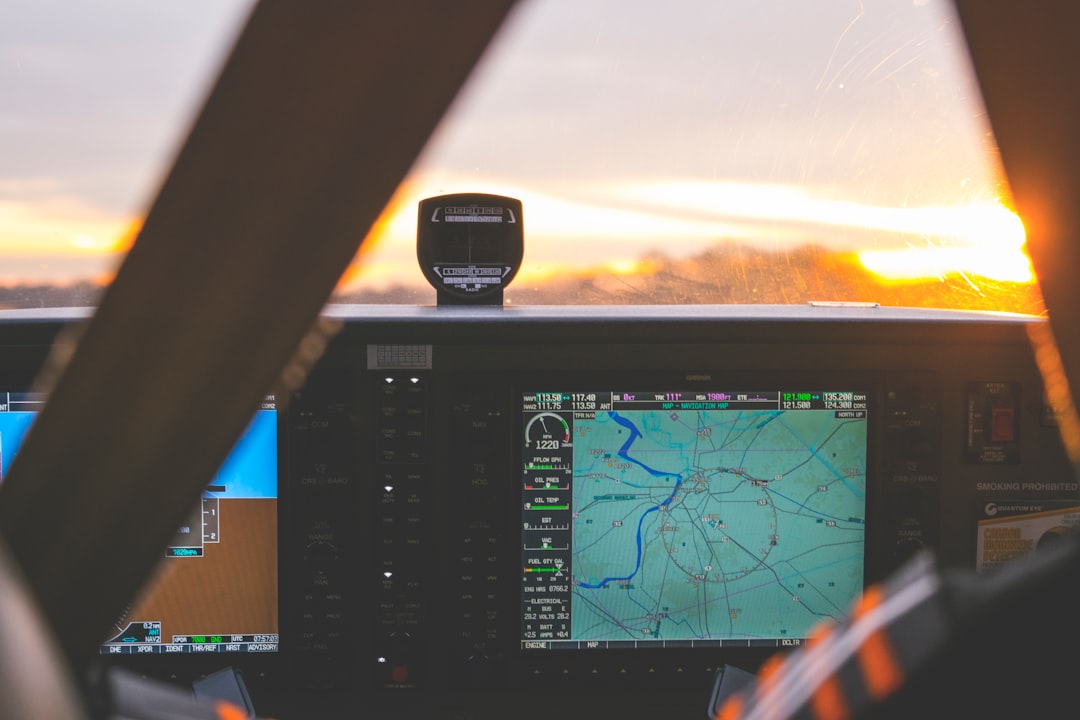The growing popularity of unmanned aerial vehicles, commonly known as drones, poses both incredible opportunities and complex challenges. As more hobbyists take to the skies, understanding and complying with drone policy becomes not just a legal requirement but a matter of public safety. Governments and aviation authorities around the world have created specific regulations to help ensure that drones are operated responsibly. For hobbyist drone pilots, knowing the rules and adhering to a standard compliance checklist is essential.
This article provides a reliable and straightforward compliance checklist for recreational drone operators. Whether you’re new to the hobby or an experienced pilot, these guidelines will help you stay within legal limits and maintain safe flying practices.
1. Register Your Drone
Before your first flight, you must register your drone if it meets a certain weight threshold. In many jurisdictions, drones weighing more than 0.55 lbs (250 grams) must be registered with the relevant aviation authority—such as the Federal Aviation Administration (FAA) in the United States.
- Check your local regulations regarding drone registration, as rules vary by country.
- Complete the registration process online, typically requiring personal information and a small fee.
- Label your drone with your registration number before taking flight.
Failing to register a drone that requires it can lead to fines and legal penalties, even for hobbyist pilots.
2. Understand Airspace Restrictions
Airspace is regulated to prevent conflicts between manned and unmanned aircraft. Recreational drone users are generally restricted to uncontrolled (Class G) airspace and must avoid restricted zones without prior authorization.
- Use official maps or drone apps like AirMap, B4UFLY, or DJI FlySafe to determine where it’s legal to fly.
- Stay away from airports, helipads, and other sensitive areas unless special permissions are granted.
- Check for temporary flight restrictions (TFRs) often issued for public events, emergency responses, or special air traffic.

3. Fly Within Visual Line of Sight (VLOS)
One of the most notable rules that hobbyist drone pilots must follow is maintaining a visual line of sight with the drone during flight. This ensures the operator can quickly respond to obstacles, changing weather, or unexpected hazards.
- Keep your drone close enough that you can see it without using binoculars or other visual aids.
- Avoid flying behind obstacles such as buildings, trees, or hills that may block your line of sight.
- Fly during daylight hours, unless your drone is equipped with anti-collision lighting and local laws allow night operations.
Relying on the drone’s camera feed does not satisfy the VLOS requirement in most jurisdictions.
4. Don’t Fly Over People or Moving Vehicles
For safety reasons, recreational drones should not be flown over groups of people, public events, or active roadways. This minimizes the risk of injury in case the drone malfunctions or crashes.
- Maintain a safe distance from crowds, playgrounds, and sporting events.
- Do not hover over traffic, highways, or pedestrians, even if the drone is small or rated for safety.
- Seek isolated areas such as vacant lots or fields for your flight activities.
5. Monitor Weather Conditions
Adverse weather can significantly impact the performance and safety of recreational drone flights. High winds, rain, fog, or extreme temperatures may both affect flight stability and damage sensitive electronics.
- Check weather forecasts before taking off.
- Cancel flights during periods of poor visibility, strong wind gusts, or impending storms.
- Be cautious about flying over water or icy terrain where recovery may be difficult or impossible.
6. Respect Privacy and Property
Although drones offer stunning photographic capabilities, flying over private property without permission can lead to complaints or legal consequences. Respecting privacy is not just good etiquette—it’s often a legal obligation.
- Do not record video or take photographs of individuals without their consent, especially in residential areas.
- Avoid flying close to homes, schools, or other private spaces unless authorized.
- Ensure compliance with local ordinances or community guidelines regarding surveillance or nuisance flying.
7. Maintain Your Drone
A well-maintained drone is key to safe and lawful flight. Mechanical failures can result in loss of control, damage, and possible injury.
- Inspect your drone before each flight for cracks, loose components, or worn-out propellers.
- Ensure batteries are charged and free from swelling or overheating issues.
- Perform software updates regularly to benefit from the latest stability fixes and compliance features.

8. Stay Below Altitude Limits
Most drone laws cap the maximum legal altitude for recreational flight at 400 feet (120 meters) above ground level. Flying higher increases the risk of interfering with manned aircraft and is often a violation of airspace regulations.
- Keep flights under the 400-foot threshold unless specific waivers are granted by aviation authorities.
- Use altitude limiters in your drone’s software settings to avoid unintentional breaches.
- Observe manned aircraft in your area and descend immediately if you spot one approaching your flight path.
9. Avoid Autonomous and Beyond Visual Line of Sight (BVLOS) Flights
While autonomous flight modes like GPS waypoints or “follow me” features are tempting, their use may violate recreational drone guidelines if they cause the aircraft to move out of sight. Similarly, BVLOS operations typically require a special certification or exemption.
- Use autonomy cautiously and only when you are still able to maintain visual contact with the drone.
- Do not program waypoints beyond your line of sight.
- Understand the local definition of BVLOS to ensure your operations remain compliant.
10. Educate Yourself Continuously
Drone technology and policies evolve rapidly. As a recreational pilot, staying updated on regulatory changes ensures you remain compliant and safe.
- Subscribe to updates from aviation authorities in your region.
- Take online training courses or attend seminars hosted by certified drone educators.
- Review your national and local regulations periodically, especially before flying in a new location.
Conclusion
Flying drones as a hobby offers endless opportunities for creativity, exploration, and learning. But with that privilege comes responsibility. Adhering to a comprehensive compliance checklist ensures not only your own safety but also the safety of others and the sanctity of airspace. By following the ten key steps outlined above—from registration to airspace restrictions and continuous education—you’ll be well-positioned to fly legally, ethically, and safely in any environment.
Whether you’re photographing landscapes or simply enjoying a leisurely flight, being a compliant drone pilot is the hallmark of a skilled and considerate operator. Make this checklist a part of your pre-flight routine, and you’ll help build a strong, trustworthy drone community for years to come.


